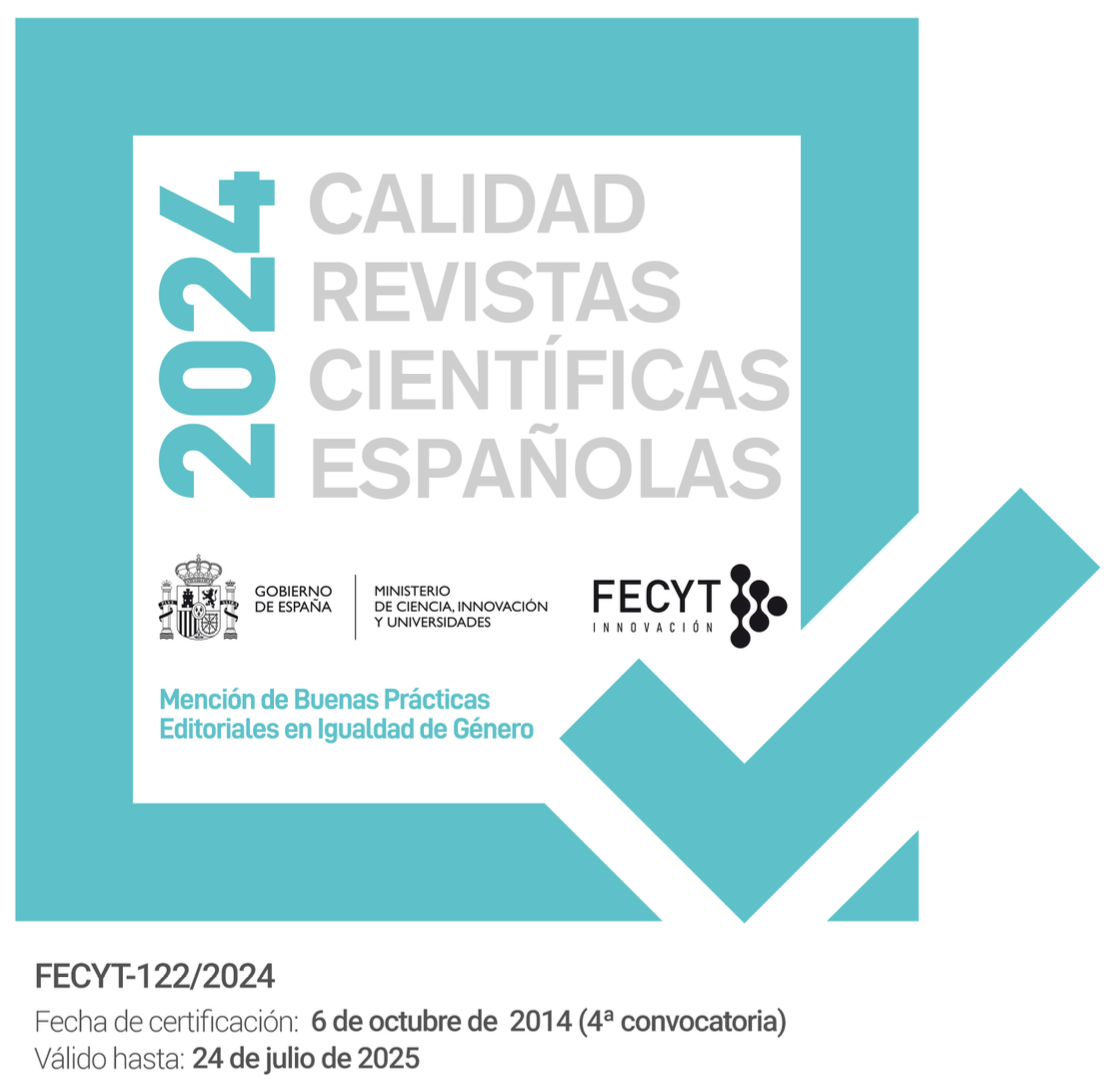The Inoperative Community in The Bell Jar: The Sharing of Interrupted Myth
Abstract
In this essay I intend to offer an analysis of Sylvia Plath’s novel The Bell Jar (1963) that goes beyond the scope of the confessional and feminist readings which have prevailed in Plathian studies. Following the critical interest raised by the notion of community and its problematic relationship with individual subjectivity in recent decades, I draw on Jean-Luc Nancy’s understanding of “community” (1985-1986) in order to offer an alternative interpretation of The Bell Jar. The theoretical framework which inspires this essay declares the impossibility of an operative community which actually fulfils the natural longing of all human beings for immanence and transcendence. I argue that The Bell Jar actually tackles the interruption of two long-standing myths—the possibility of community and the assertion of autonomy of the self. Since the latter has already been addressed by several authors as a central issue in Plath’s novel, I here focus on how she deals with the shattered myth of community. Far from being a narcissistic account of private traumas, the novel is paradoxically an attempt to share with others a universal plight—the overwhelming sense of humans as exposed and finite beings facing the absence of a community of immanence. Ironically, it is the sharing of that disturbing truth which allows the emergence of community in Plath’s novel.
Key words: Sylvia Plath; The Bell Jar; inoperative community; singularity; finitude; exposure
Downloads
References
Alvarez, Al. (1971) 1974. The Savage God: A Study of Suicide. Harmondsworth: Penguin.
Ames, Lois. 1999. “Biographical Note to Sylvia Plath.” In The Bell Jar by Sylvia Plath, 260-276. New York: Harper Collins.
Axelrod, Steven G. 2010. “Alienation and Renewal in The Bell Jar.” The Plath Profiles: An Interdisciplinary Journal for Sylvia Plath Studies 3: 134-143.
Baldwin, Kate A. 2004 “The Radical Imaginary of The Bell Jar.” Novel: A Forum on Fiction 38: 21-40.
Blanchot, Maurice. (1983) 1988. The Unavowable Community. Translated by Pierrre Joris. New York: Station Hill.
Bonds, Diane S. 1990. “The Separative Self in Sylvia Plath’s The Bell Jar.” Women’s Studies: An Interdisciplinary Journal 18: 49-64.
Brain, Tracy. 2001. The Other Sylvia Plath, Harlow: Pearson.
Bronfen, Elisabeth. 1998. Sylvia Plath. Plymouth: Northcote House.
Claridge, Gordon, Ruth Pryor and Gwen Watkins. 1990. Sounds from the Bell Jar. Ten Psychotic Authors. London: Macmillan.
Ferrater, Luke. 2010. Sylvia Plath’s Fiction. A Critical Study. Edinburgh: Edinburgh UP.
Halliwell, Martin. 2007. American Culture in the 1950s. Edinburgh: Edinburgh UP.
Jernigan, Adam T. 2014. “Paraliterary Labours in Sylvia Plath’s The Bell Jar: Typist, Teachers, and the Pink-collar Subtext.” Modern Fiction Studies 60: 1-27.
Macpherson, Pat. 1991. Reflecting on The Bell Jar. London: Routledge.
Maloff, Saul. 1971. “Waiting for the Voice to Crack.” New Republic, May 8, 33-35.
Meyerowitz, Joanne. 1994. “Beyond the Feminine Mystique: A Reassessment of Postwar Mass Culture, 1946-1958.” In Not June Cleaver: Women and
Gender in Postwar America, 1945-1960, edited by Joanne Meyerowitz, 229-262. Philadelphia: Temple UP.
Nancy, Jean-Luc. (1985-1986) 1991. The Inoperative Community. Translated and edited by Peter Connor. Minneapolis: U of Minnesota P.
—. (1996) 2000. Being Singular Plural. Translated by Robert D. Richardson and Anne E. O’Byrne. Stanford, CA: Stanford UP.
Peel, Robin. 2002. Writing Back: Sylvia Plath’s Cold War Politics. Madison and Teaneck: Farleigh Dickinson UP / London: Associated U Presses.
—. 2007. “The Political Education of Sylvia Plath.” In Unraveling the Archive: Essays on Sylvia Plath, edited by Anita Helle, 39-64. Ann Arbor: U of Michigan P.
Perloff, Marjorie. 1972. “A Ritual for Being Born twice: Sylvia Plath’s The Bell Jar.” Contemporary Literature 13 (4): 507-522.
Plath, Sylvia. (1963) 1966. The Bell Jar. London: Faber.
—. (1977) 2008. Johnny Panic and the Bible of Dreams. New York: Harper Perennial.
Schober Plath, Aurelia, ed. 1975. Letters Home by Sylvia Plath: Correspondence 1950-1963. London: Faber.
Wagner-Martin, Linda. 1986. “Plath’s Bell Jar as a Female Bildungsroman.” Women’s Studies: An Interdisciplinary Journal 12: 55-68.
—. 1987. Sylvia Plath: A Biography. New York: St. Martin’s.
—. 1992. The Bell Jar, A Novel of the Fifties. New York: Twayne.




